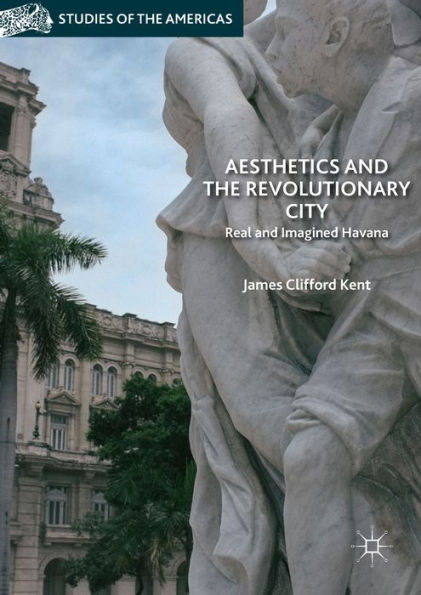Aesthetics and the Revolutionary City engages in alternative ways of reading foreign visual representations of Havana through analysis of advertising images, documentary films, and photographic texts. It explores key narratives relating to the projection of different Havana imaginaries and focuses on a range of themes including: pre-revolutionary Cuba; the dream of revolution; and the metaphor of the city “frozen-in-time.” The book also synthesizes contemporary debates regarding the notion of Havana as a real and imagined city space and fleshes out its theoretical insights with a series of stand-alone, important case studies linked to the representation of the Cuban capital in the Western imaginary. The interpretations in the book bring into focus a range of critical historical moments in Cuban history (including the Cuban Revolution and the “Special Period”) and consider the ways in which they have been projected in advertising, documentary film and photography outside the island.
1126734681
Aesthetics and the Revolutionary City: Real and Imagined Havana
Aesthetics and the Revolutionary City engages in alternative ways of reading foreign visual representations of Havana through analysis of advertising images, documentary films, and photographic texts. It explores key narratives relating to the projection of different Havana imaginaries and focuses on a range of themes including: pre-revolutionary Cuba; the dream of revolution; and the metaphor of the city “frozen-in-time.” The book also synthesizes contemporary debates regarding the notion of Havana as a real and imagined city space and fleshes out its theoretical insights with a series of stand-alone, important case studies linked to the representation of the Cuban capital in the Western imaginary. The interpretations in the book bring into focus a range of critical historical moments in Cuban history (including the Cuban Revolution and the “Special Period”) and consider the ways in which they have been projected in advertising, documentary film and photography outside the island.
79.99
In Stock
5
1

Aesthetics and the Revolutionary City: Real and Imagined Havana

Aesthetics and the Revolutionary City: Real and Imagined Havana
eBook (1st ed. 2019)
$79.99
Related collections and offers
79.99
In Stock

Product Details
| ISBN-13: | 9783319640303 |
|---|---|
| Publisher: | Palgrave Macmillan |
| Publication date: | 09/22/2018 |
| Series: | Studies of the Americas |
| Sold by: | Barnes & Noble |
| Format: | eBook |
| File size: | 1 MB |
About the Author
What People are Saying About This
From the B&N Reads Blog
